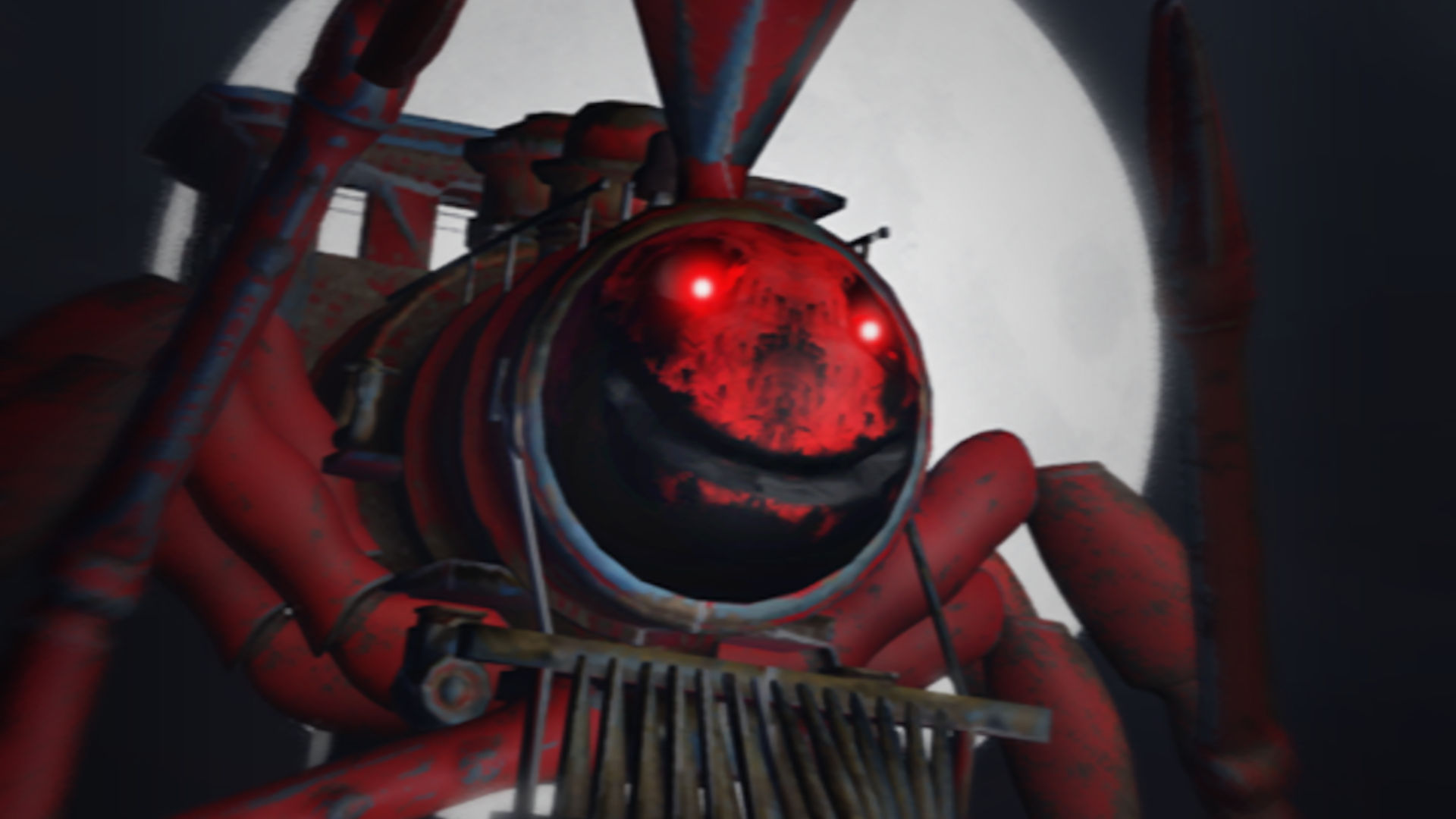Rebooting An 1973 Art Installation Running On A Nova
Electronics-based art installations are often fleeting and specific things that only a select few people who are in the right place or time get to experience before they are lost to …read more


Electronics-based art installations are often fleeting and specific things that only a select few people who are in the right place or time get to experience before they are lost to the ravages of ‘progress.’ So it’s wonderful to find a dedicated son who has recreated his father’s 1973 art installation, showing it to the world in a miniature form. The network-iv-rebooted project is a recreation of an installation once housed within a departure lounge in terminal C of Seattle-Tacoma airport.

The original unit comprises an array of 1024 GE R6A neon lamps, controlled from a Data General Nova 1210 minicomputer. A bank of three analog synthesizers also drove into no fewer than 32 resonators. An 8×8 array of input switches was the only user-facing input. The switches were mounted to a floor-standing pedestal facing the display.
For the re-creation, the neon lamps were replaced with 16×16 WS2811 LED modules, driven via a Teensy 4.0 using the OctoWS2811 library. The display Teensy is controlled from a Raspberry Pi 4, hooked up as a virtual serial device over USB. A second Teensy (you can’t have too many Teensies!) is responsible for scanning a miniature 8×8 push button array as well as running a simulation of the original sound synthesis setup. Audio is pushed out of the Teensy using a PT8211 I2S audio DAC, before driving a final audio power amp.
Attempting to reproduce accurately how the original code worked would be tricky, if downright impossible, but fear not, as the network-iv-rebooted is running the original code. Since the artist was astute enough to keep not only the engineering drawings and schematics, but also the original paper tape of the Nova 1210 program, it could be successfully run using the SIMH Nova emulator. The simulator needed to be modified to support the optional ‘device 76’ GPIO device added to the Nova 1210 for handling the extra connectivity. This was a small price to pay compared to the alternative. That said, most of the heavy lifting on the I/O side is performed by the pair of Teensies, with modern coding methods making life a lot easier.
Mechanics and code for the reproduction are being collected on this GitHub repo for those interested in building a clone. The opu20 page has a few photos and details of the original installation, but many more pieces can be found on the sculptures page, complete with a neat video tour, which we also include below. Check out those circuit sculptures! Groovy!
We’ve recently featured some retro electronic art, drooled over some circuit sculptures, and swooned at some PCB art. We just can’t get enough!
A short video about James Seawright’s other pieces:

















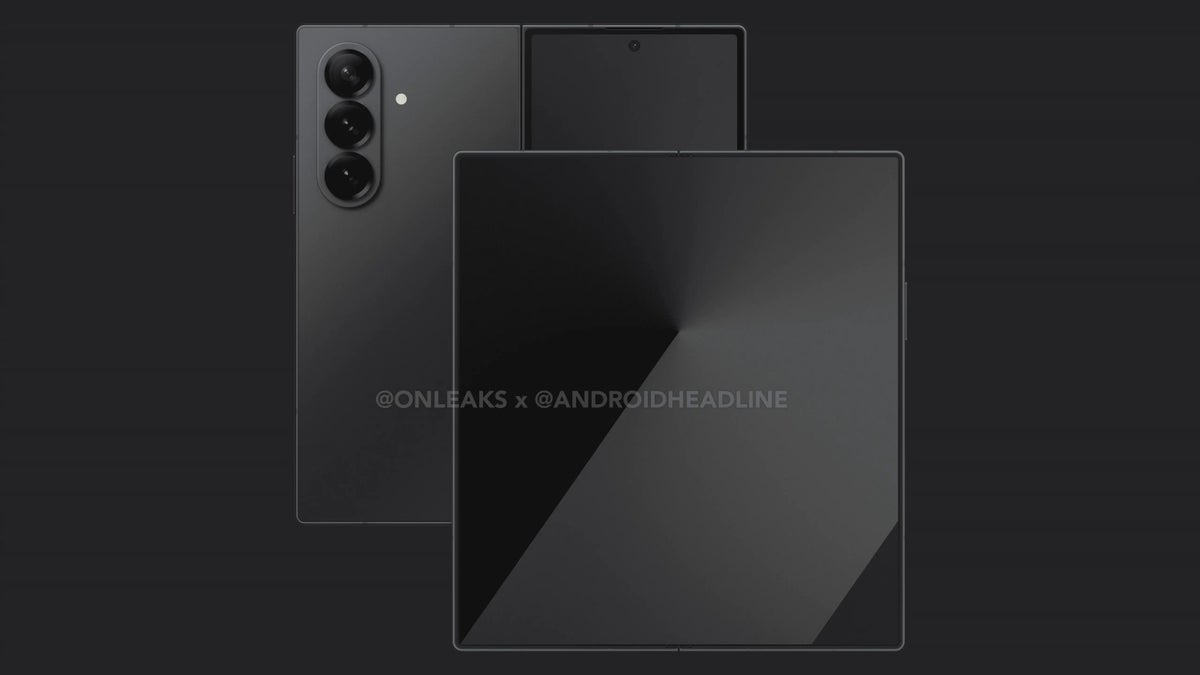

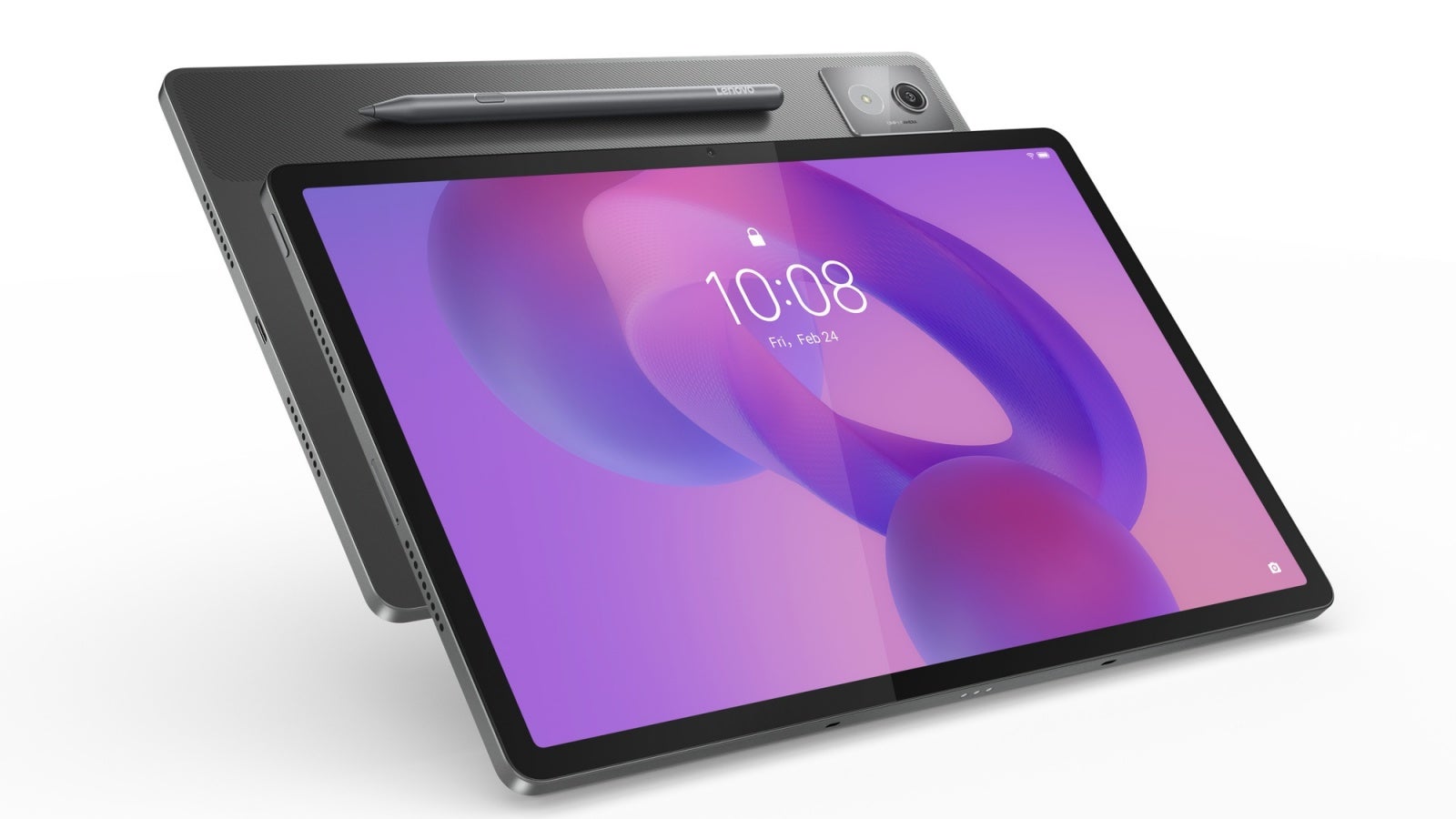
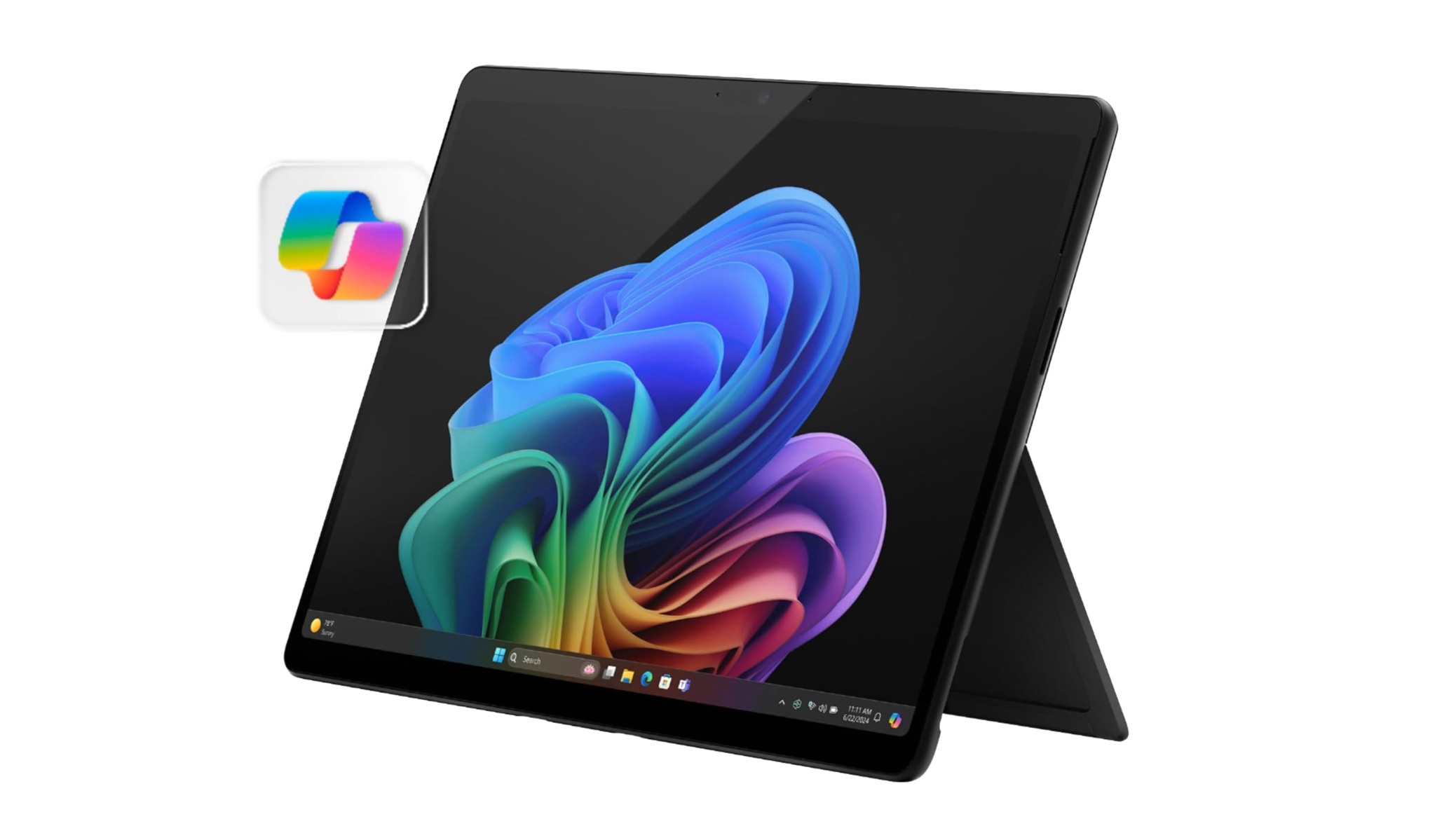



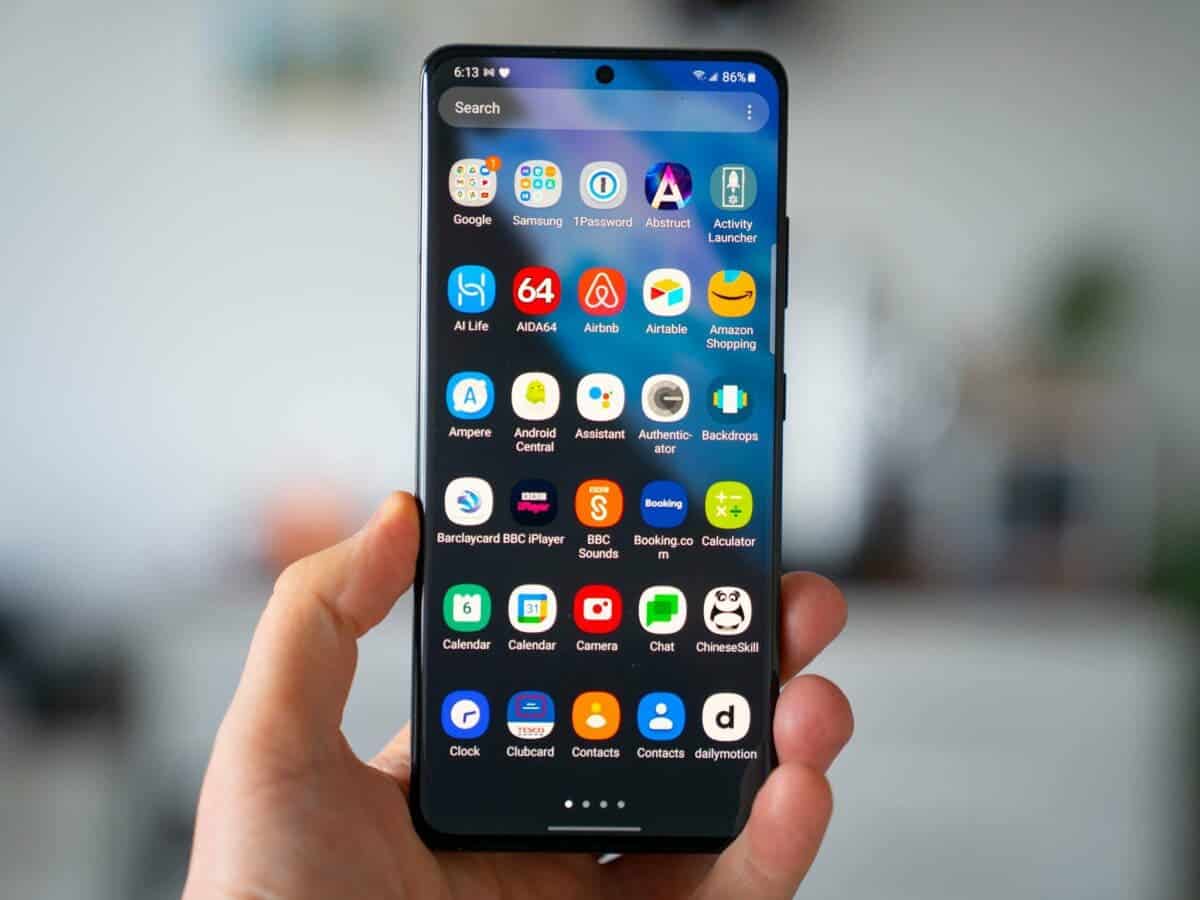



























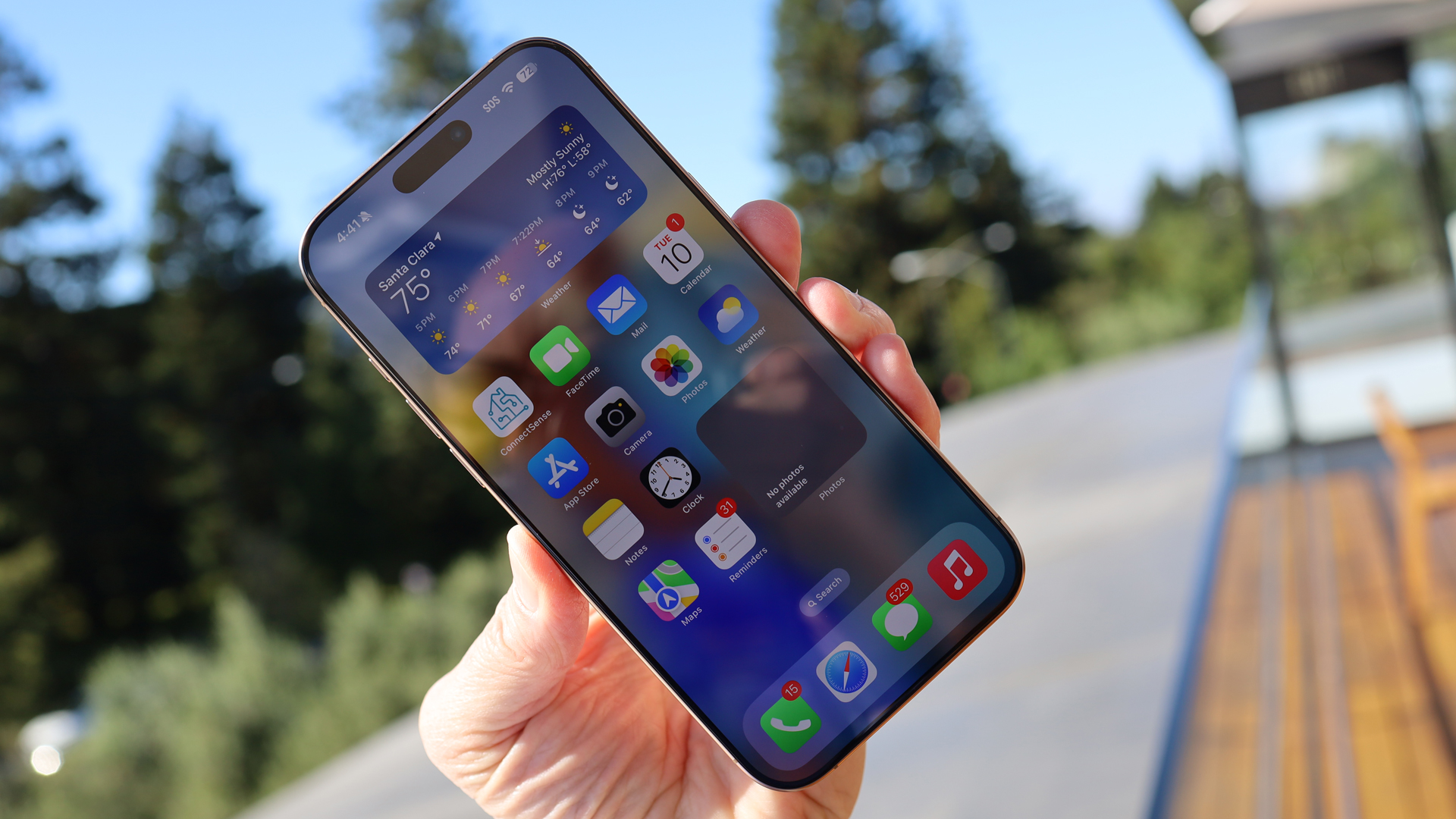
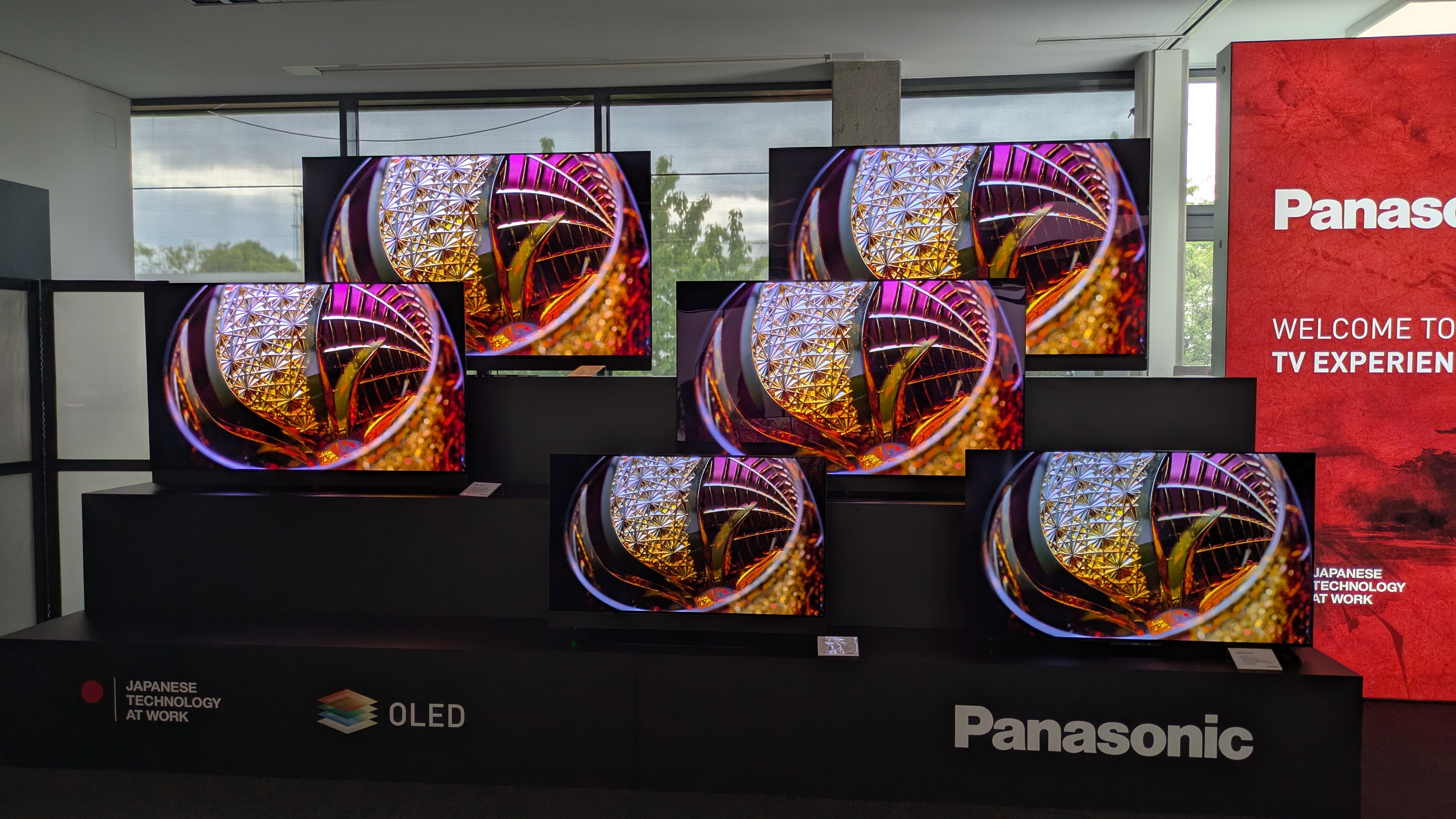

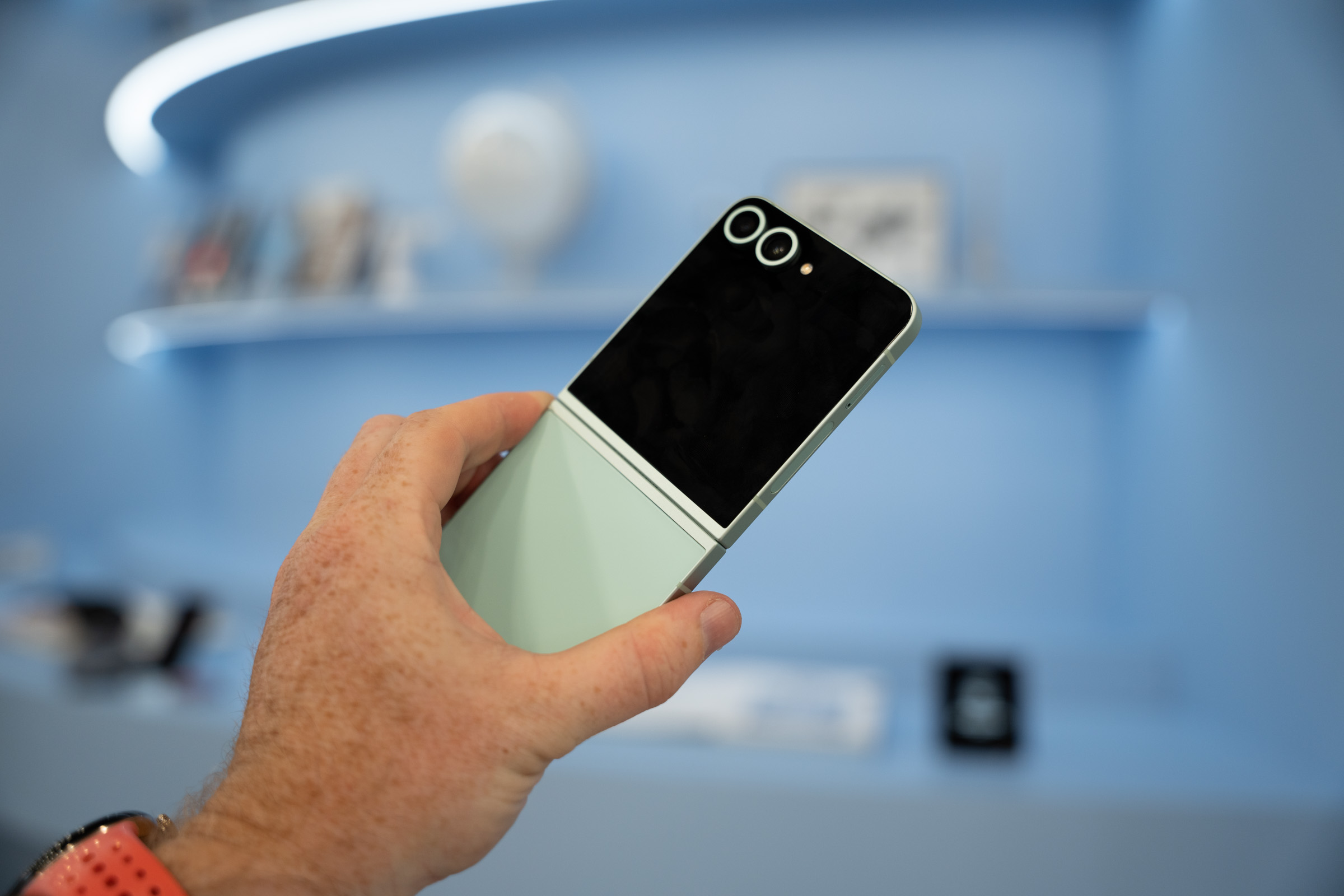
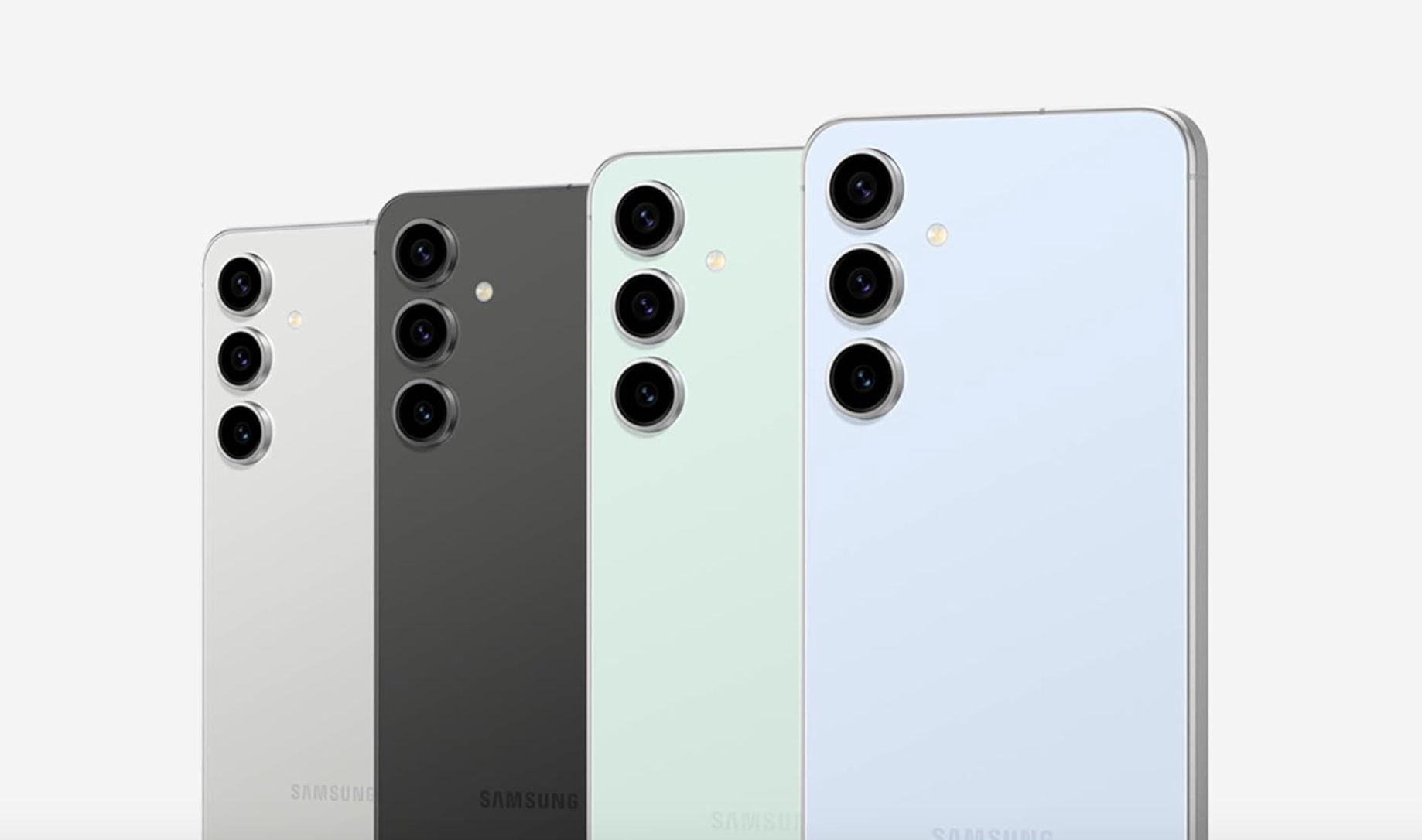













![Apple Shares 'Last Scene' Short Film Shot on iPhone 16 Pro [Video]](https://www.iclarified.com/images/news/97289/97289/97289-640.jpg)
![Apple M4 MacBook Air Hits New All-Time Low of $824 [Deal]](https://www.iclarified.com/images/news/97288/97288/97288-640.jpg)
![An Apple Product Renaissance Is on the Way [Gurman]](https://www.iclarified.com/images/news/97286/97286/97286-640.jpg)
![Apple to Sync Captive Wi-Fi Logins Across iPhone, iPad, and Mac [Report]](https://www.iclarified.com/images/news/97284/97284/97284-640.jpg)

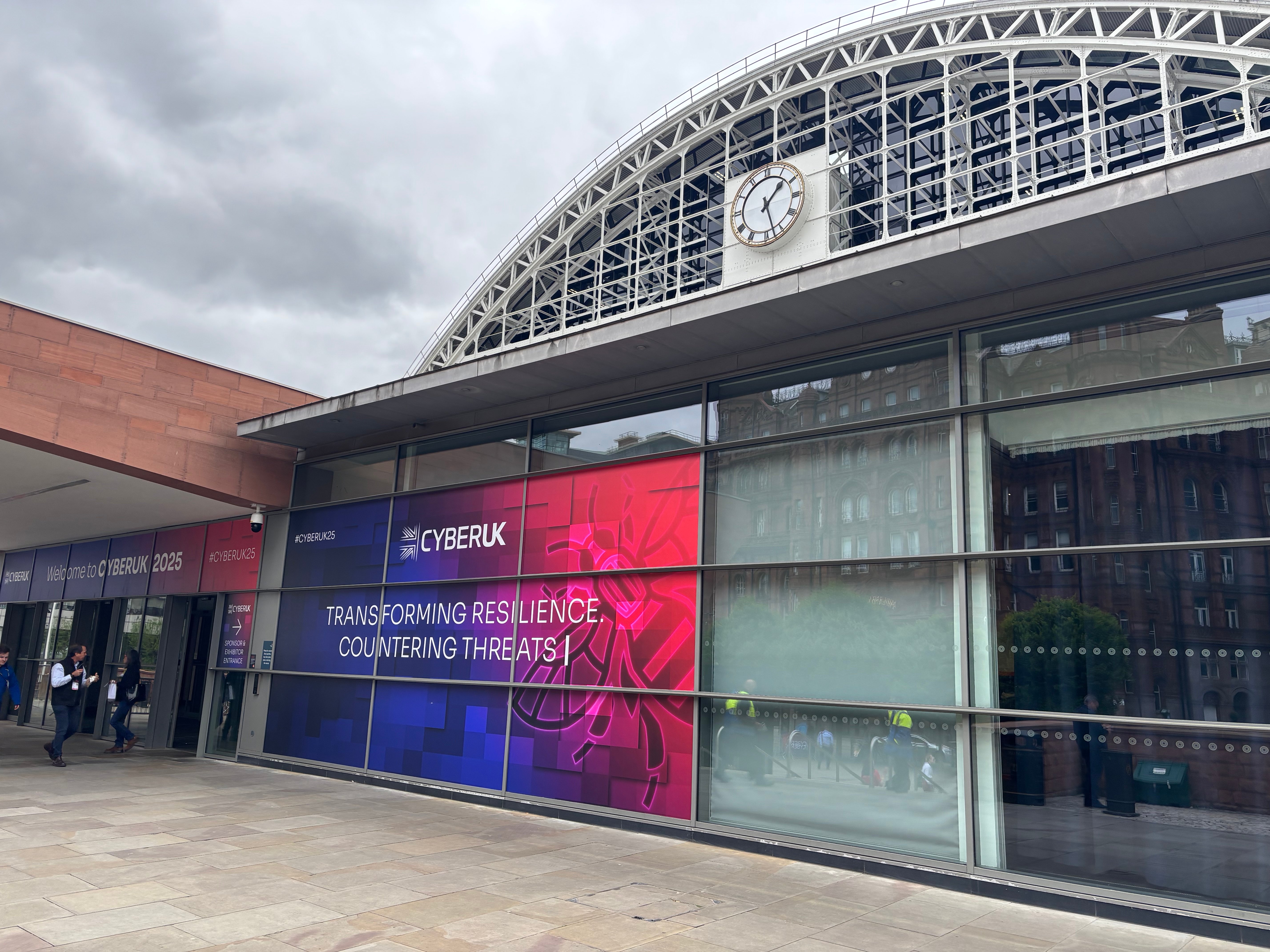

![So your [expletive] test failed. So [obscene participle] what?](https://regmedia.co.uk/2016/08/18/shutterstock_mobile_surprise.jpg)








![What Google Messages features are rolling out [May 2025]](https://i0.wp.com/9to5google.com/wp-content/uploads/sites/4/2023/12/google-messages-name-cover.png?resize=1200%2C628&quality=82&strip=all&ssl=1)
![[Fixed] Gemini 2.5 Flash missing file upload for free app users](https://i0.wp.com/9to5google.com/wp-content/uploads/sites/4/2025/03/google-gemini-workspace-1.jpg?resize=1200%2C628&quality=82&strip=all&ssl=1)














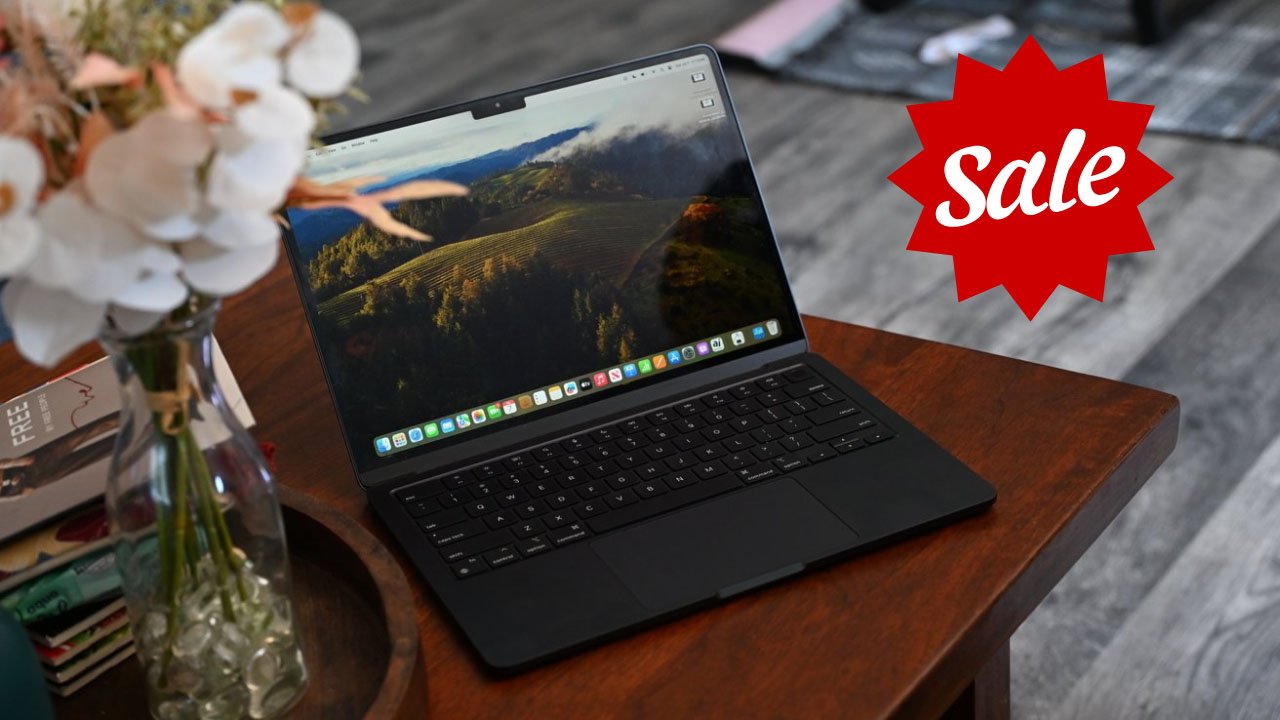
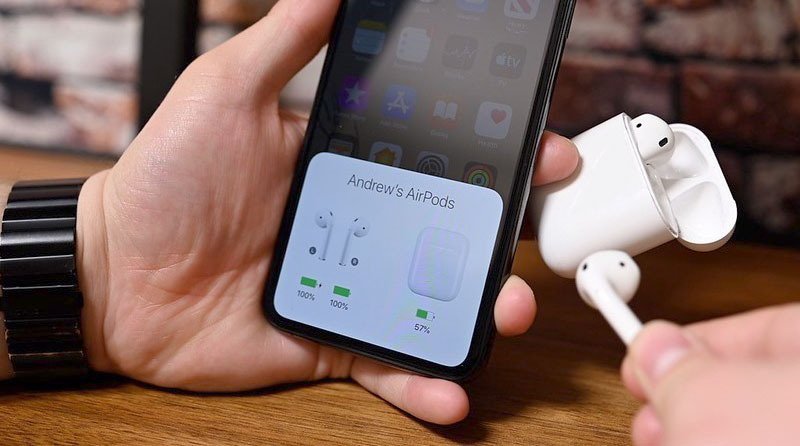
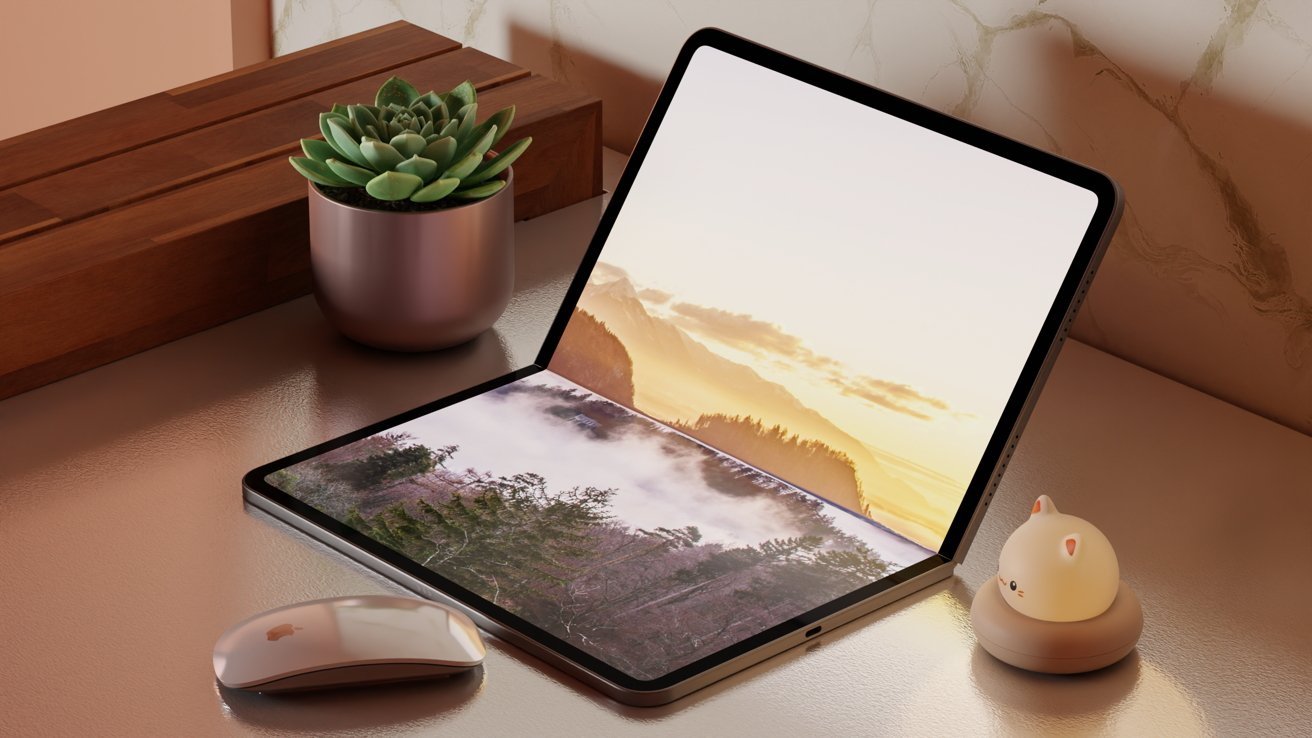
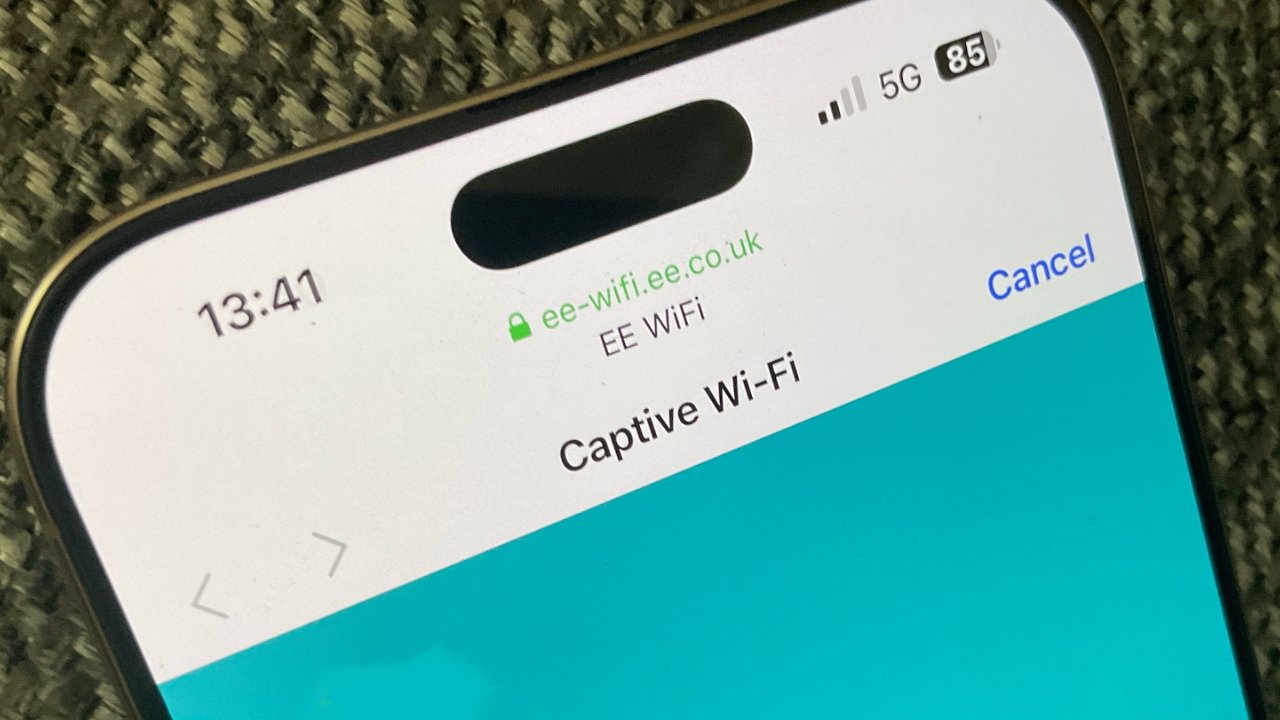







































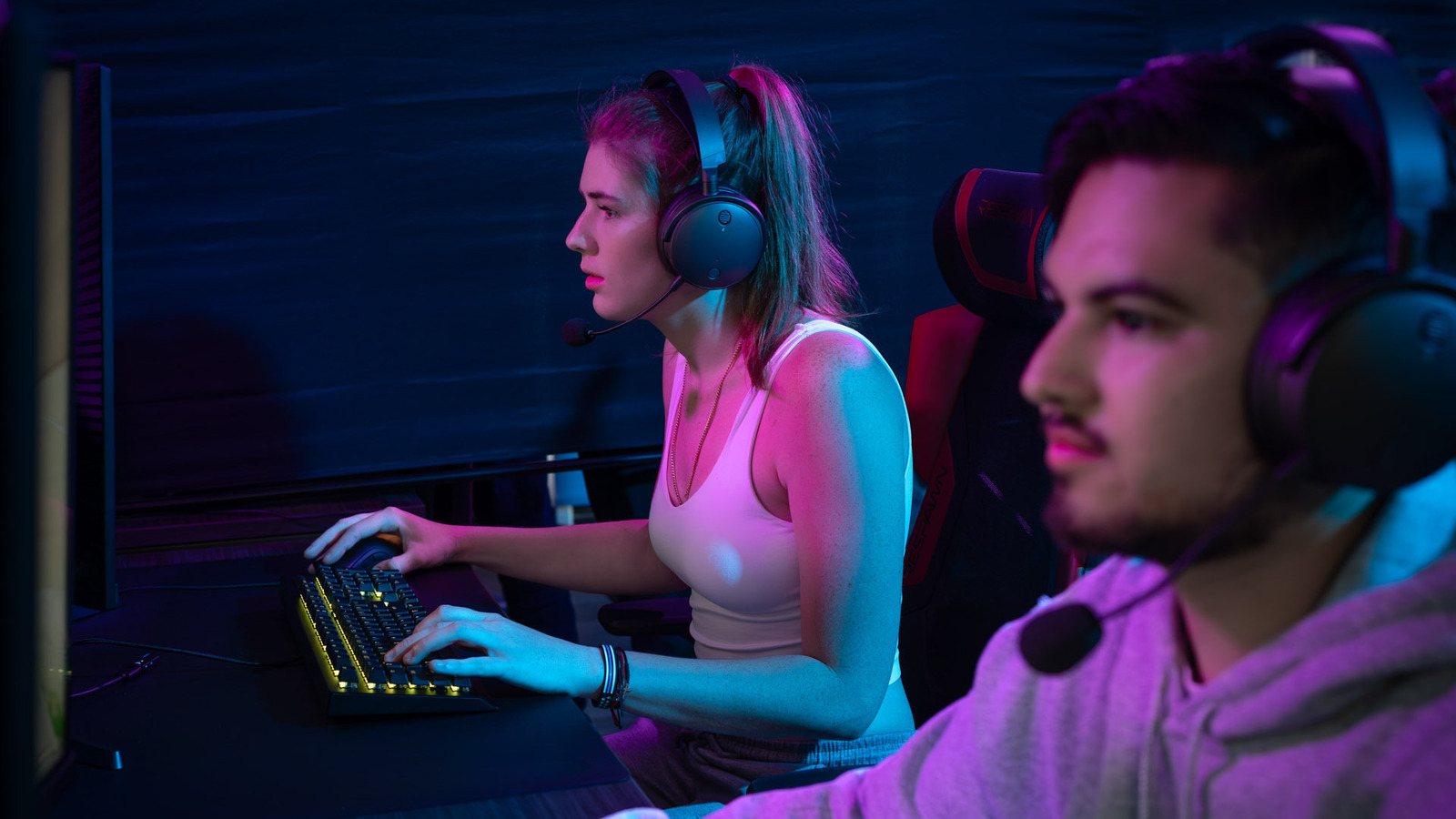

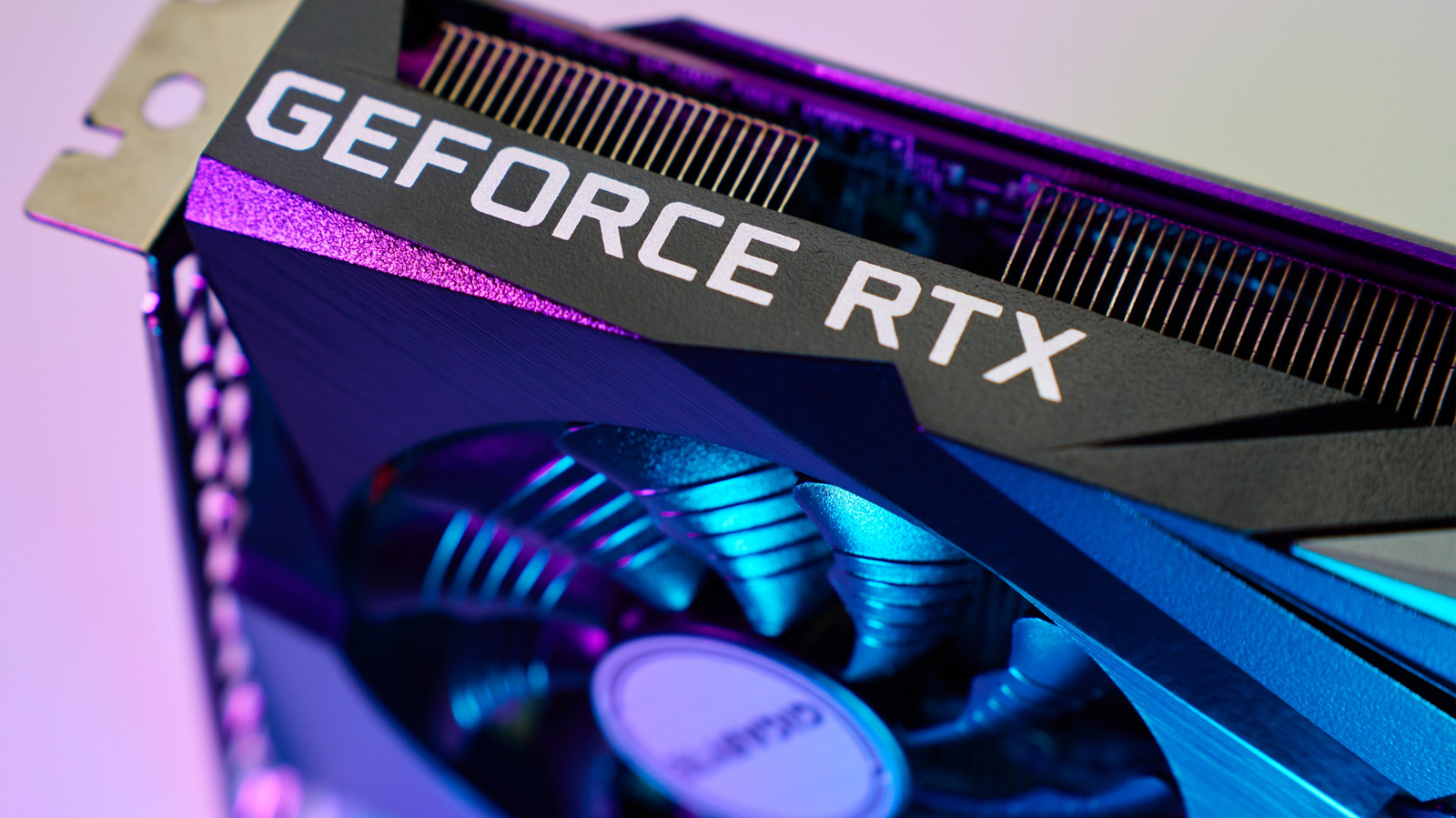



























































































































































































































































































































![Ditching a Microsoft Job to Enter Startup Purgatory with Lonewolf Engineer Sam Crombie [Podcast #171]](https://cdn.hashnode.com/res/hashnode/image/upload/v1746753508177/0cd57f66-fdb0-4972-b285-1443a7db39fc.png?#)





![[DEALS] Internxt Cloud Storage Lifetime Subscription: 10TB Plan (88% off) & Other Deals Up To 98% Off – Offers End Soon!](https://www.javacodegeeks.com/wp-content/uploads/2012/12/jcg-logo.jpg)




















.png?width=1920&height=1920&fit=bounds&quality=70&format=jpg&auto=webp#)



















































